When you open a shopping website, the rangefinder page is always flooded with slogans such as "1000 yards ultra-long distance measurement" and "professional-level accuracy". But have you ever thought about whether these gorgeous parameters can really be transformed into convenience in actual golf? A golfer complained: "The merchant boasted about the 1000-yard distance measurement, but I couldn't even aim at the green flagpole!" Behind this is the pitfall that all enthusiasts will fall into - parameters ≠ experience. Today, I will show you the truth and teach you step by step to choose a truly practical rangefinder.

Key Performance Indicators: Which parameters really affect the experience?
Distance measurement accuracy: error value is more important than maximum distance
The rangefinder shows 150 yards, but when you swing with all your strength, the ball lands at 140 yards - the error directly ruins a good shot. The fact is that many rangefinders advertise "±0.5 yard accuracy", but in actual use, hand shaking, target reflectivity (such as flagpole material) and even sunlight interference will affect the data.
For professional players, an error of ±0.3 yards is sufficient for accurate calculations; for casual players, an error of ±1 yard is sufficient for daily use. Remember, accuracy is more important than distance. After all, what we want is "accurate shooting" rather than "measuring".
Speed and stability: Faster is more important than farther
What do you fear the most when playing golf? Waiting! When your teammates are ready to hit the ball, your rangefinder is still "spinning in circles" to focus. Who understands this embarrassment? The first distance measurement speed and continuous working stability are the key factors affecting the experience. For an excellent rangefinder, the first distance measurement speed should be controlled within 0.5 seconds, and it should be able to withstand the test of high and low temperatures and long-term use. After all, time is the dignity of the golf course.
Slope compensation: This feature is useful, but be careful with violations!
The slope compensation function can automatically adjust the yardage according to the slope, which is very helpful for practice and improvement. However, in official competitions, this function is considered illegal. This puts you in a dilemma: you rely on it during training, but you can't use it during competitions.
The solution is simple: choose a rangefinder with a smart slope mode that can be turned off. Turn on the function assistance during normal training, and turn it off with one click during competitions, so that you can easily balance compliance and training needs.
Anti-interference ability: complex environment is the touchstone
The distance measurement is accurate on sunny days, but it "strikes" when it rains or fogs; the data jumps randomly when you scan in the woods. This exposes the "anti-interference shortcoming" of the rangefinder. Different technologies perform very differently in complex environments: laser ranging, optical enhancement, and multi-sensor fusion each have their own advantages and disadvantages. When purchasing, you must understand the performance of the product in actual scenarios. Only those that can withstand the test of harsh environments are truly reliable.
Human-computer interaction: Don’t let the operation hold you back
"The buttons are too small, I can't press them with gloves on" and "The menu is as complicated as a maze" are common complaints in user reviews. A good rangefinder should be as intuitive and convenient to operate as a smartphone. One-touch locking, vibration feedback, and voice prompts allow you to quickly obtain data on the court without being in a rush.

Hidden indicators: key factors affecting experience
Battery life anxiety: The most embarrassing thing is running out of battery in the middle of a game.
When I was playing the back nine holes, the rangefinder suddenly shut down. This kind of despair is no less than hitting the ball into the water. The battery life issue cannot only be judged by the official label "battery life XX hours", the charging method is also important. Type-C fast charging is convenient and fast, and the replaceable battery design is more flexible. Choose according to your own usage habits, and don't let the battery life become your nightmare on the golf course.
Portability and durability: The right weight for long-term companionship
Professional caddies' equipment bags can hold large rangefinders, but ordinary players prefer equipment that can be easily put into their pockets. The weight of 100-150g will not be a burden. After all, light and durable equipment can accompany you to play more courses.
Data scalability: your personal golf coach
In addition to measuring distance, have you ever thought about letting the device record the data of the shot and analyze the swing? The Bluetooth-linked APP rangefinder can synchronize the course data to the mobile phone and generate a dedicated analysis report. For golfers who want to improve, this function is like hiring a personal coach, using data to help every progress.
Shopping guide to avoid pitfalls: How to match real needs?
- Professional players: Precision is the core, and devices with an error of less than ±0.3 yards and a response speed of less than 0.3 seconds are preferred to ensure that every shot is accurately calculated.
- Amateurs: Put ease of use and cost-effectiveness first. Products with large button design, long battery life, and simple operation can make you enjoy playing more.
- Elderly golfers: Display clarity and anti-shake function are crucial. OLED screens are clearer than LCDs, and anti-shake design can reduce measurement deviations caused by hand shaking.
Recommended model: Gogogo Sport Vpro GS26, dual power supply, long battery life, OLED display with adjustable brightness, and super cost-effective.
Advanced players must read: How to maximize the value of the rangefinder?
Calibration tips
Regularly check accuracy with fixed distance targets (such as driving range markings)
Test stability in different weather conditions
Practical use strategy
Measure fixed reference objects (such as the edge of a bunker) first, then the flagpole
Cross-validate data with the golf course map APP
The correct way to clean the lens (to avoid scratching the coating)
Precautions for use in extreme temperatures
Conclusion
The real value of a rangefinder lies not in the gorgeous data in the advertisement, but in whether it can make you more confident and efficient on the court. What you need is not a "laboratory champion", but a reliable "court comrade".

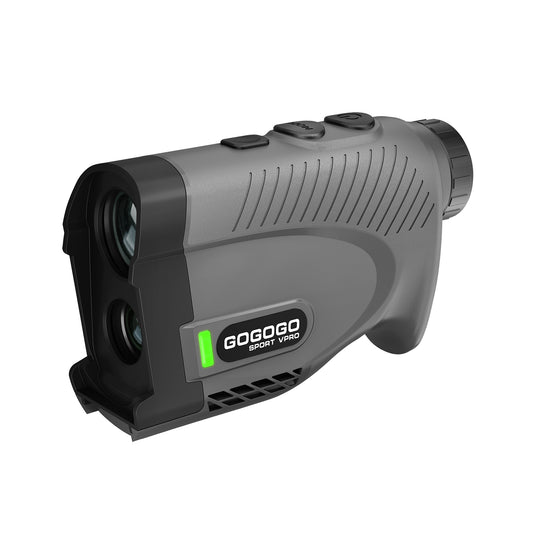
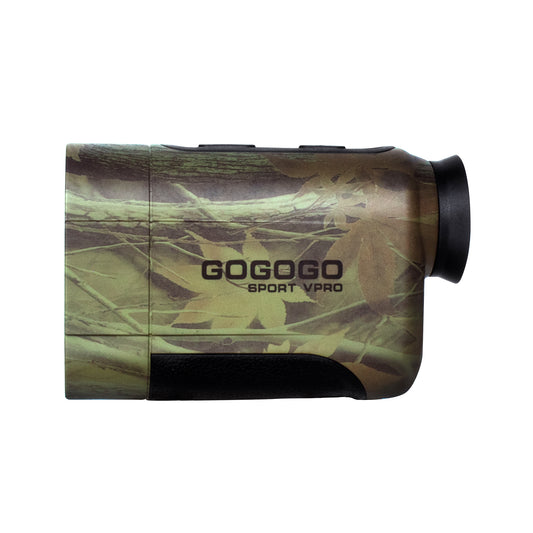
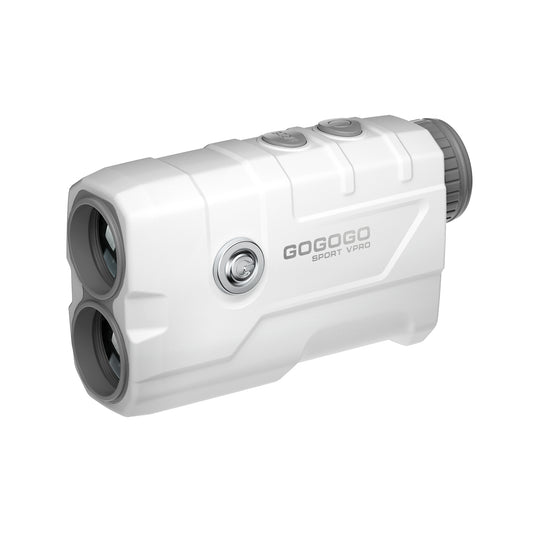
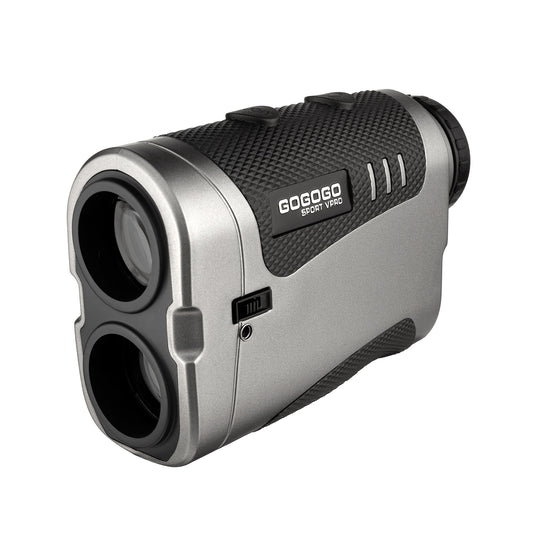
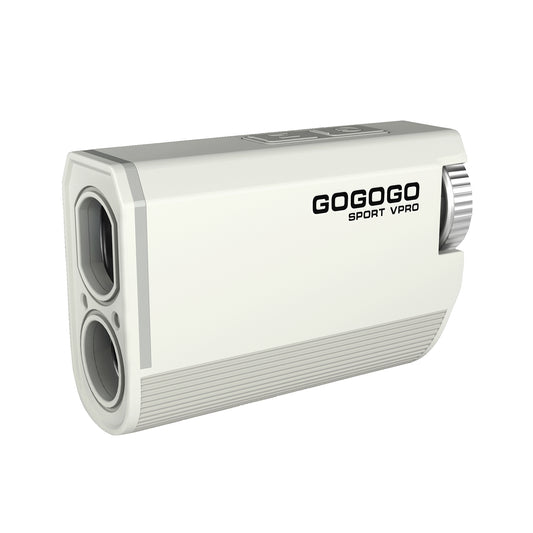
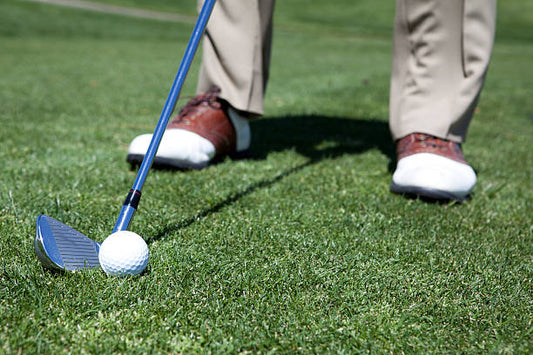
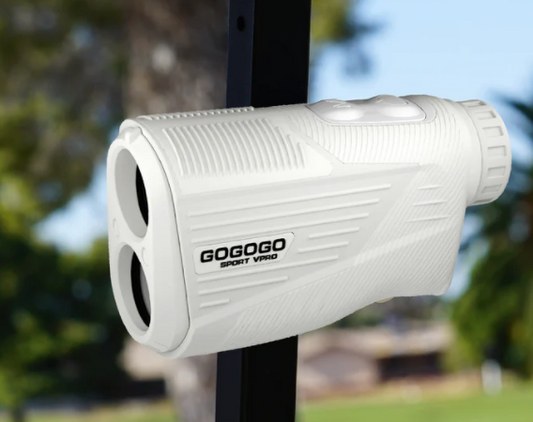
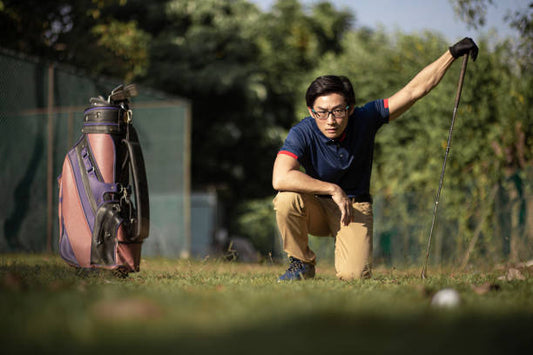
![[2025] The Ultimate Guide to Pinseeker Rangefinders for Golfers](http://gogogosport.com/cdn/shop/articles/gogogo_sport_vpro_pinseeker_rangefinder.png?v=1757993796&width=533)